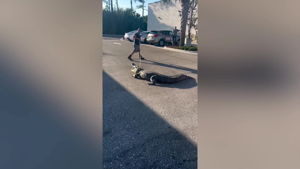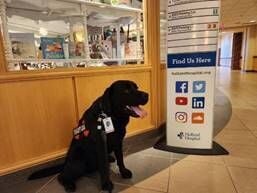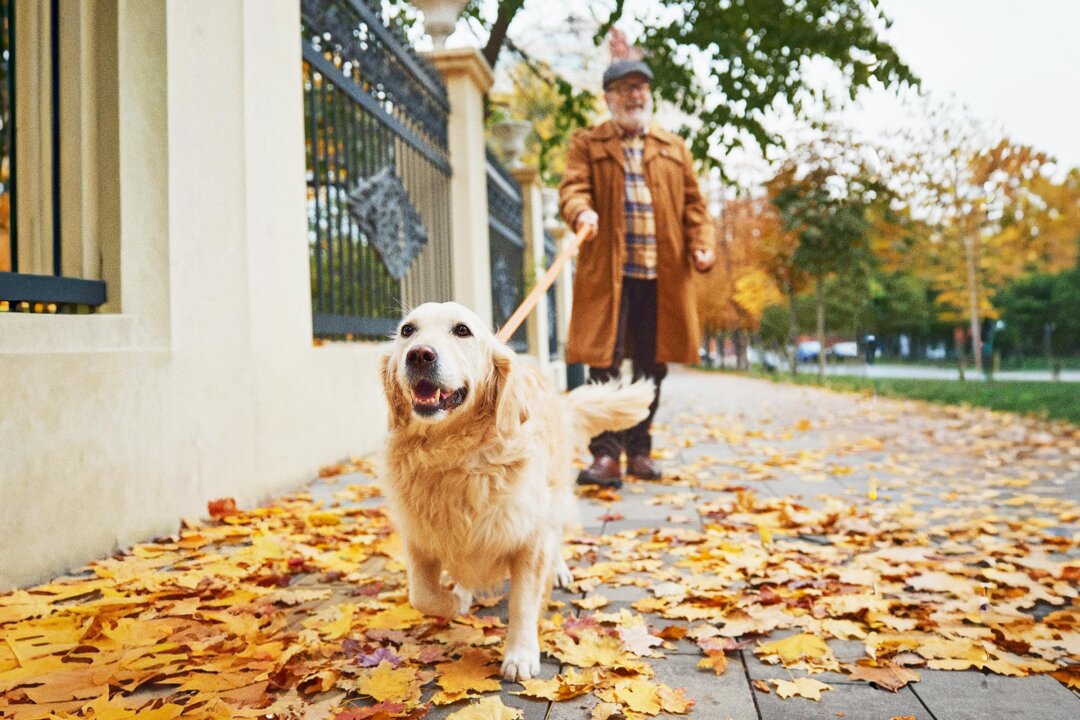Taking care of pets can sometimes lead to unexpected dangers, especially for seniors. A recent incident involving dog training highlights the potential risks associated with walking dogs. Marcia Martin, the owner of Marcia’s Best Dogs, traveled from one state to another to train a client’s energetic 80-pound golden retriever. This decision was made with the awareness of the high costs and inconveniences that could arise from an accident involving the dog, particularly for the client’s elderly parents, aged 75.
As Martin explained to The Epoch Times, injuries from dog walking and certain types of leashes are not uncommon among adults. These accidents can lead to serious injuries, including bumps, bruises, and even broken bones. The financial implications can be significant, with potential hospital bills, surgery, and therapy adding up quickly.
Martin’s services are often sought after accidents occur, but she emphasizes that many injuries can be prevented with proper training. This situation reflects a broader concern regarding the safety of seniors who might be less able to manage large, energetic pets.
Understanding the Risks of Dog Walking
Dog walking presents various risks, particularly for individuals who may have mobility issues. As dogs pull on leashes or dart unexpectedly, they can cause their handlers to trip or fall. In some cases, these accidents can lead to serious injuries that require medical intervention.
Martin highlights that many people overlook the importance of training and proper leash handling. “Accidents usually prompt people to reach out to me for help,” she said. The proactive decision by her client to invest in training for the golden retriever demonstrates an understanding of these potential dangers.
For seniors, the consequences of a fall can be particularly severe. A broken bone or significant injury can lead to a loss of mobility, which in turn could affect their independence and quality of life. In this context, investing in professional dog training is not just a matter of convenience; it can be a crucial step in ensuring safety.
Preventive Measures for Pet Owners
To mitigate the risks associated with dog walking, Martin suggests several preventive measures. First, owners should consider the size and strength of their dog when selecting a leash. For larger breeds, a sturdy harness can provide better control and reduce the chances of unexpected pulls.
Additionally, training sessions focusing on obedience and leash manners can significantly decrease the likelihood of accidents. Martin advocates for regular training refreshers, even for well-behaved dogs, to maintain good behavior during walks.
The financial implications of dog-related injuries cannot be understated. Hospital bills resulting from accidents can quickly escalate, making it essential for pet owners to consider both the cost of training and the potential expenses associated with injuries.
In summary, the case of the golden retriever and its elderly owners serves as a reminder of the importance of responsible pet ownership. By proactively addressing training needs, pet owners can safeguard not only their well-being but also that of their loved ones. As Martin’s story illustrates, investing in training can be a small price to pay for peace of mind and safety.








































































